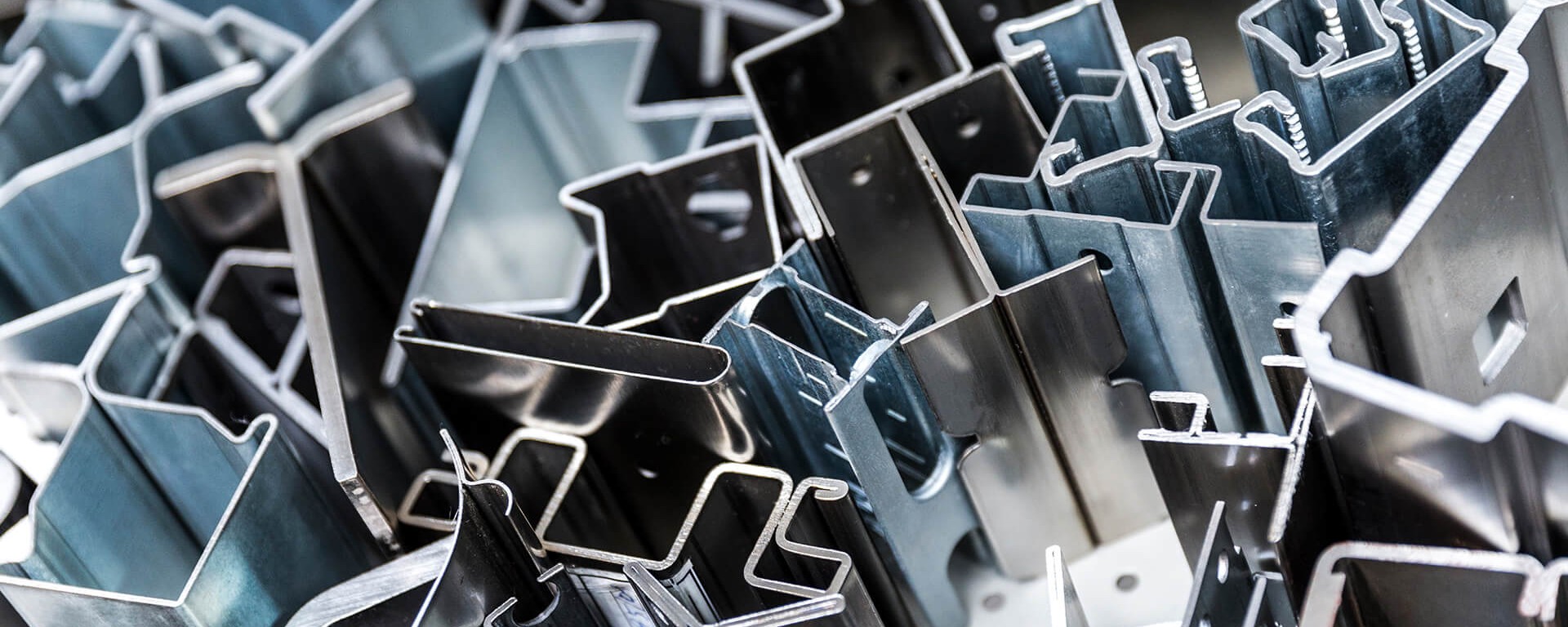Frequently asked questions
FAQ
Here you will find answers to some of your most frequently asked questions.
1. What material grades can be used to manufacture sections?
A wide range of materials are processed at Welser Profiles production sites: cold rolled strip, hot rolled strip, chrome and chrome-nickel steel, electrolytically zinc coated strip, hot dip galvanised strip, painted steel strip, aluminium and painted aluminium and special materials (e.g. copper, brass, titanium and other high strength steels).
2. What is the minimum order quantity?
The minimum order quantity is 5,000 linear metres for each individual section. It should be noted however that this quantity is dependent on various factors, e.g. whether the section is open or welded. Our project management team determines the quantity together with the customer in each individual case.
3. What material thicknesses can be roll formed?
We process strip material with a thickness of 0,3 - 8,2 mm (0.011 to 0.323 inches).
4. Does Welser Profile hold any certifications?
- ISO 9001
- ISO 14001
- ISO 45001
- ISO 50001
- IATF 16949
- EN 15085
5. Does Welser stockhold any finished products (e.g. sections) and is there a catalogue available with fixed prices?
No, we produce to order and to meet customers' individual requirements. It is for this reason that we do not have a catalogue of products, instead we offer a virtually limitless range of possibilities. To date we have manufactured nearly 24,500 different sections.
6. How does the roll forming process work?
The cross section is created using a gradual process, which is carried out at room temperature. The thickness of the material is retained during this process. The roll forming process involves a gradual process in which sheet metal is passed through a sequence of rolls until it forms the desired profile cross section. Some of our roll forming lines are up to 130m long.
7. What types of processing does Welser offer beyond roll forming?
We offer a wide range of processing techniques to meet customers individual requirements:
- A variety of joining techniques (riveting and pressure techniques, welding and bonding techniques)
- Stretch bending, roll bending, mandrel bending and online bending
- Pre- and post-punching, as well as online hole-punching
- Drilling, flow drilling, mitring
- Separating and end processing (traditional separating on the roll forming line, cutting with a hot and cold saw, punching and waste free shearing, milling, 3D mitre cutting, hydraulic system with several separating and brushing fixtures for deburring,…)
- State-of-the-art laser technology (laser cutting, laser welding)
... and much more.
